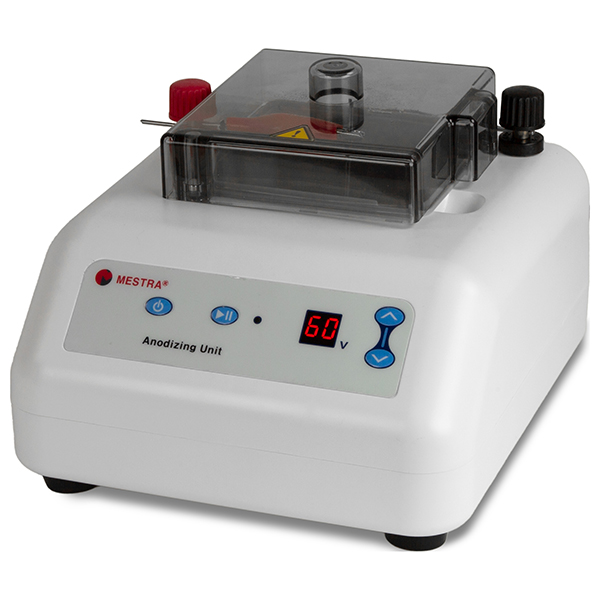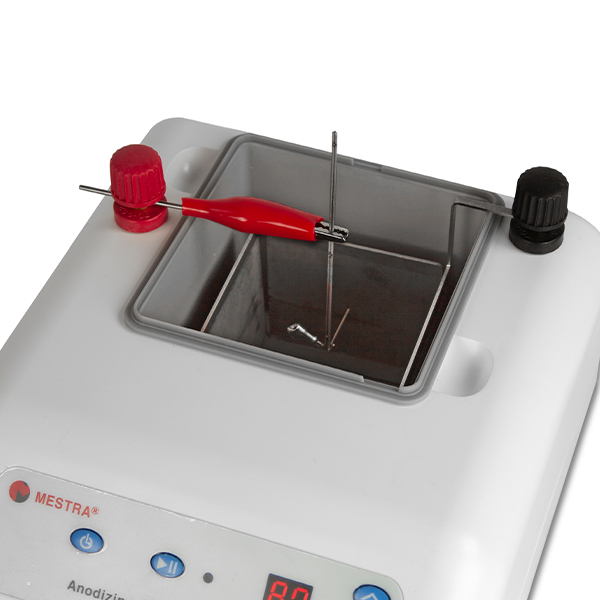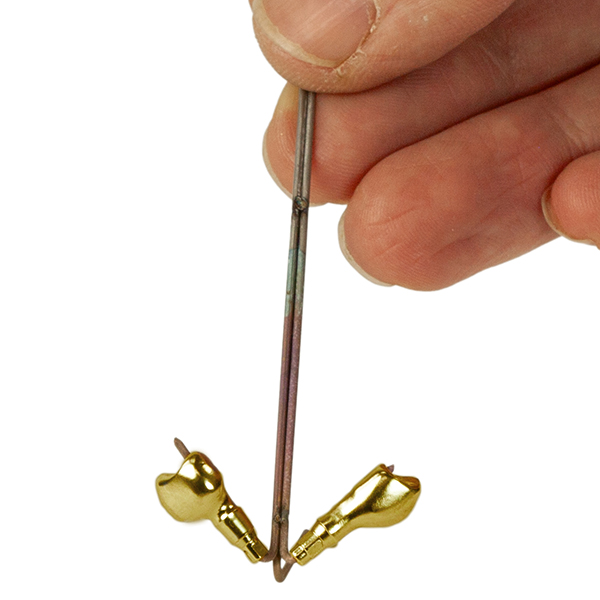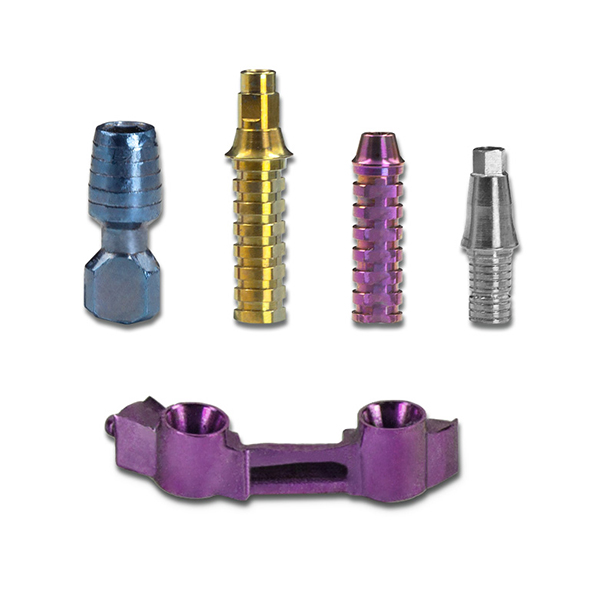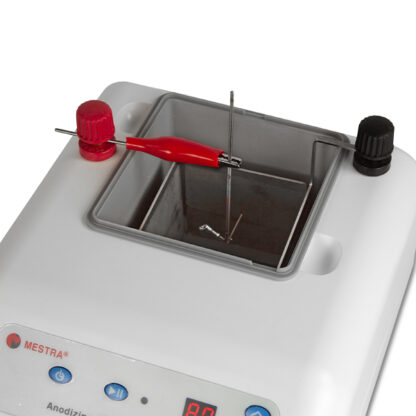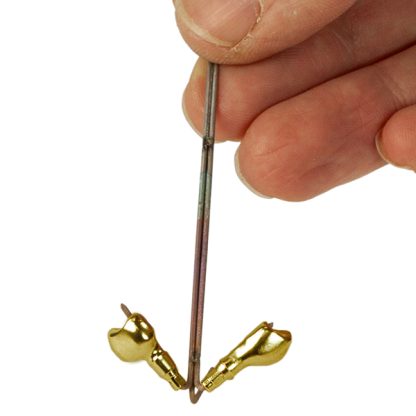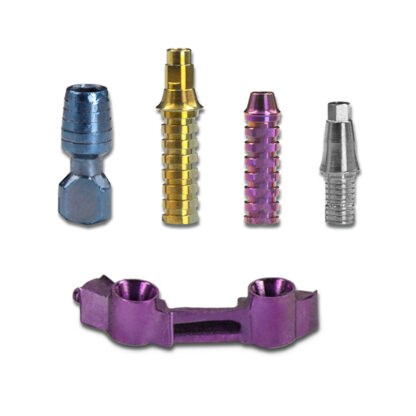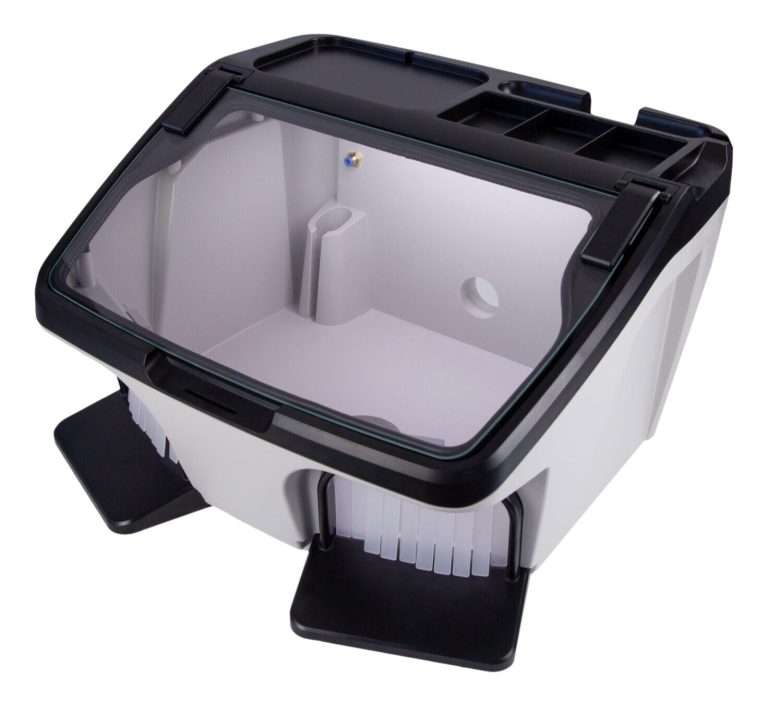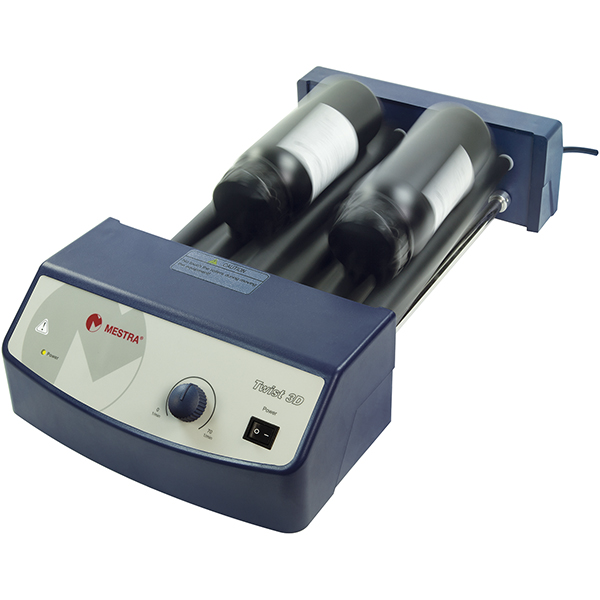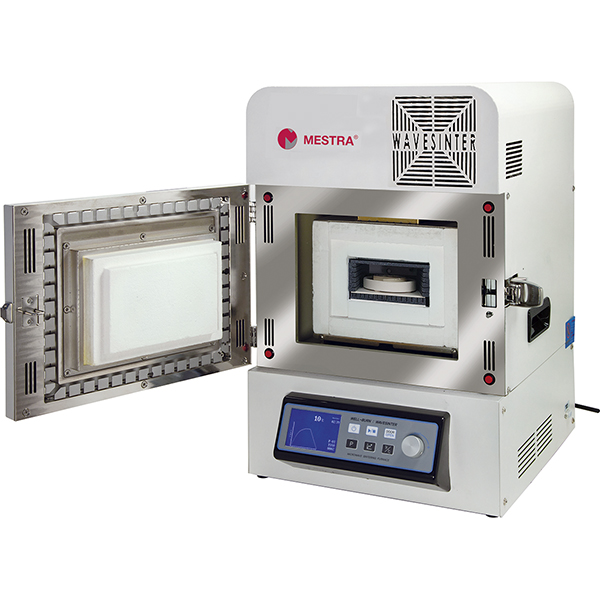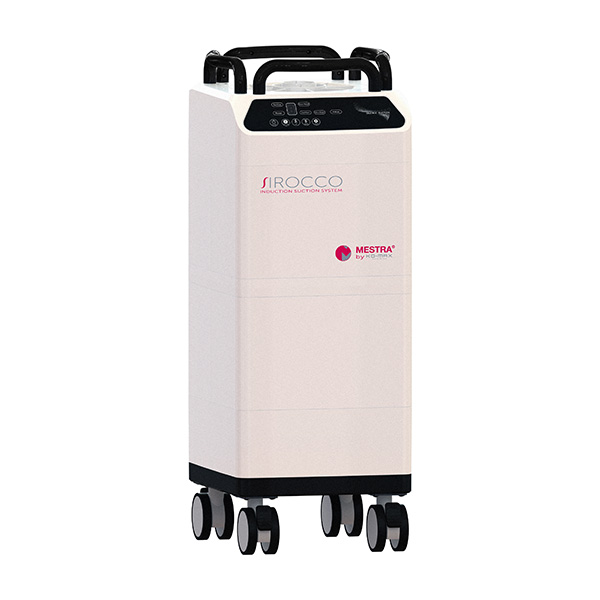Description
The anodizing unit for titanium is a simple device that allows you to process titanium dental elements quickly, easily and economically. The results are comparable to products belonging to a much higher category.
Anodizing is an electrochemical process that creates a protective layer of oxide on the surface of the metal, in our case titanium. This layer—known as the anodic layer—is thicker than the natural oxide layer that forms on titanium when it is exposed to air, which offers a number of advantages: anodizer for titanium
Corrosion resistance:
The anodic layer protects the titanium from corrosion, even in adverse conditions (use in the mouth).
Wear resistance:
The anodic layer is harder than the base titanium, making it more resistant to frictional wear.
Better adhesion and surface finish:
Any overlapping layer of other material (i.e. zirconia) will be easier to fix onto the anodized (titanium) base element.
Less release of metal ions:
The titanium oxide layer minimizes the release of metal ions into the physiological environment.
Appearance:
The anodic layer can be colored with different shades. This advantage is especially interesting when the anodised element serves as a support for a translucent material such as zirconium or for bars on implants.
Depending on the voltage, different shades will be obtained. For example, at 60 V you get an attractive golden shade and at 75 V you get a pink shade. The colouring process
takes only 5 seconds.
dizing unit for titanium

